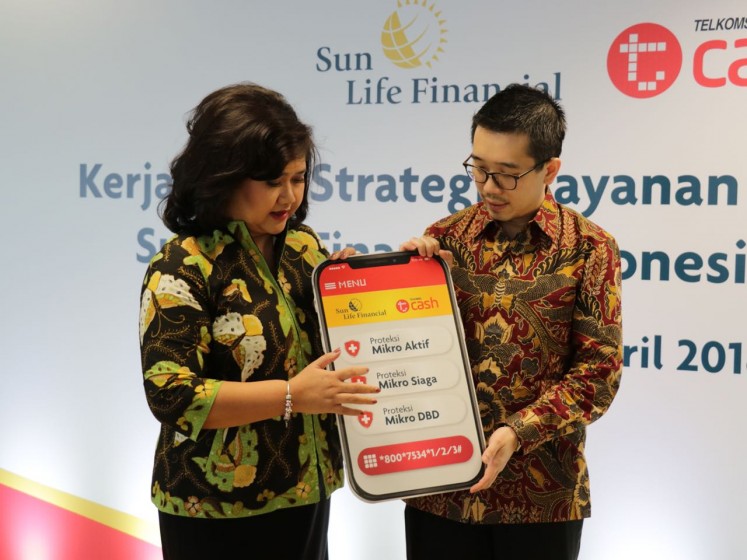There are certainly arguments that favor term life insurance. For young families with children and others who need a large amount of inexpensive death benefit, term life is a great way to get low-cost protection. But because of the temporary nature of term insurance, only a very small percentage of contracts actually pay benefits. This is due to the great number of policy holders who cancel their policies or outlive the agreed-upon term period. Therefore, if you want to be certain that your policy will be in force when you pass away, and if you don’t know exactly when you are going to die, then permanent whole life is the solution.
There are several types of whole life policies. Selecting one depends on your unique situation and whether you want to accumulate cash inside your contract. Term insurance does not accumulate any cash or equity (it is akin to renting a home). Whole life, however, can accumulate cash on a tax-favored basis—if you pay more into the contract than is needed for pure death benefit protection.
- Traditional Whole Life
- Universal Life
- Variable Life
The good news is that if you aren’t concerned about accumulating cash inside your contract and instead are focused on maximizing death benefit, your decision is less about policy type and more about the cost of your guaranteed death benefit. One note regarding any illustrated death benefit: be sure to look at the guaranteed death benefit column (otherwise an amount based on an estimated rate-of-return assumption may never fully materialize).
Traditional whole life insurance is fairly straightforward in its design. It invests your cash inside the contract into a fixed-return type of product. There will be a “guaranteed cash value” column on your policy illustration, and that is reliable—provided the insurer can honor its guarantee. This rate of return is set by the insurer, and while it can be reliable, it may or may not keep pace with market-based investments.
Universal life, in its basic form, has a guaranteed rate of cash accumulation. It can also offer a variable amount of cash accumulation through market-linked investments inside the policy.
Variable life, as the name implies, has a variety of investment options for your cash and hence has a wide range of potential returns. If you select this type of policy, you may see a wide range of returns on your cash.
One important distinction that plays into this equation is that with traditional whole life the premium is a fixed amount. But with universal and variable life the premium amount can be flexible. With a variety of carriers to pick from, a medley of policy types, flexible payment structures and various investment options, you have a complex decision. Then, the most important question to ask is this: “How much of my premium do I want allocated to the death benefit, and how much of my premium do I want allocated to accumulating cash inside my policy?”
This is important because if you miss a few payments or reduce the size of your payments, you may wind up only paying for the death benefit portion and not adding to your cash value. Eventually, your cash value will be less than projected, and you may get discouraged and cancel the policy. You may think it’s the policy’s fault, but it was more likely a lack of communication or understanding by the agent, or a flawed policy design. In other words, commit only to a premium you feel comfortable maintaining throughout the life of the contract—if your goal is maximum cash accumulation inside the contract.
Remember to minimize the amount of death benefit you are purchasing while maximizing the amount of cash the IRS will allow into the contract. Yes, the IRS limits how much cash you can put into a life insurance policy, so be sure to talk with a knowledgeable, ethical insurance advisor when reviewing your options. Finally, make sure your premium amount is something you can commit to over the long term—otherwise you may only be paying for the death benefit when that was not your goal.


